
The surprising thought experiment comes just over two months after the blockchain completed its migration from MATIC to POL ($0.14) on September 4, 2024.
Nailwal’s comments on social media sparked widespread debate in the crypto community. He cited persistent feedback from users who find the MATIC name more recognizable and memorable than POL.
Strong Community Preference for Original MATIC Brand
“Time and again, I keep hearing from folks in the Polygon trading community that MATIC was a far stronger and more familiar ticker — it had history, recognition, and stuck in people’s minds,” Nailwal wrote.
The co-founder shared specific examples of user confusion. “The counter-argument I keep getting is: the guy in the Philippines running a sari-sari store, or an Uber driver in Dubai, knew MATIC… and now he has no idea where it went,” he explained.
Nailwal acknowledged his personal preference to stick with POL but said the feedback from retail users deserves serious consideration. He emphasized that major project decisions shouldn’t rely solely on crypto Twitter, noting that this audience represents less than 5% of total cryptocurrency trading activity.

Source: @sandeepnailwal
Community responses revealed split opinions. Some users argued that fundamentals matter more than ticker symbols. Others stressed that brand recognition remains crucial for retail adoption and market accessibility.
The September 2024 Migration to POL
The transition from MATIC to POL was part of Polygon’s ambitious 2.0 roadmap. The upgrade aimed to transform the network into what CEO Marc Boiron called a “hyperproductive” token system.
Unlike MATIC, which only earned fees from gas payments and staking, POL can generate revenue from multiple sources. These include securing data availability, decentralizing sequencers, and validating across multiple chains within the Polygon ecosystem.
The migration achieved impressive technical success. According to Polygon’s official data, 99% of MATIC tokens have successfully converted to POL since September 2024.
For users on the Polygon network, the conversion happened automatically. However, those holding MATIC on Ethereum needed to manually upgrade their tokens using a migration contract. Major exchanges like Binance and Coinbase supported the transition by automatically converting user balances.
Historical Context and Brand Recognition
Polygon originally launched as Matic Network in 2017. The project was founded by four software engineers: Jaynti Kanani, Sandeep Nailwal, Anurag Arjun, and Mihailo Bjelic. The team aimed to solve Ethereum’s scaling problems through a proof-of-stake sidechain.
MATIC gained significant recognition during the 2021 cryptocurrency boom. The token reached an all-time high of $2.92, delivering massive returns to early investors. This success helped establish strong brand awareness among retail users worldwide.
In February 2021, the network rebranded from Matic Network to Polygon to reflect its expanded vision. However, the team kept the MATIC ticker for the token, recognizing its established market presence.
The brand recognition built over several years created deep associations between Polygon and the MATIC name. This history explains why many users struggle to locate the same asset under its new POL designation.
Technical Improvements vs. Market Recognition
The POL upgrade introduced significant technical enhancements beyond simple rebranding. The new token supports broader ecosystem participation through multiple validation roles and cross-chain functionality.
POL also implements a 2% annual emission model over the next decade. Half of these emissions reward validators for network security, while the other half funds community development through an independent grant program.
Despite these technical improvements, Polygon’s token price has declined significantly. Current trading represents about an 89% drop from its all-time high, highlighting challenges in retail recognition and market perception.
The disconnect between technical progress and market performance underscores Nailwal’s concerns about brand familiarity. Advanced features may not matter if users cannot easily identify or access the token.
Challenges of Potential Reversion
Reversing the ticker change would face substantial practical obstacles. Exchanges could refuse to implement another migration, particularly after investing resources in the recent POL transition. Such rejections would create market fragmentation with different platforms using different symbols for the same asset.
The crypto industry has seen mixed results from branding reversals. Some traditional companies like Gap and Radio Shack have successfully reverted controversial rebrands after customer pressure. However, blockchain projects face unique technical challenges that make such changes more complex.
Any ticker reversion would require cooperation from centralized exchanges, decentralized protocols, wallet providers, and data aggregators. The coordination effort could create temporary confusion and trading disruptions across the ecosystem.
Nailwal acknowledged these risks, noting that reversing course might create “even more confusion” in a decentralized ecosystem where clear messaging is essential.
Enterprise Adoption Continues
Despite the ticker debate, Polygon continues securing major enterprise partnerships. Mastercard recently chose Polygon as the first blockchain network to support verified username transfers for cryptocurrency wallets.
The payment giant’s integration aims to replace complex wallet addresses with simple usernames, making crypto transfers as easy as traditional payment apps. This partnership demonstrates continued institutional confidence in Polygon’s technical capabilities regardless of ticker considerations.
Other major companies including Nike, Starbucks, and Disney have built applications on Polygon infrastructure. These enterprise relationships provide stability that transcends branding concerns.
Final Verdict: Community Over Complexity
The MATIC versus POL debate highlights a fundamental tension in blockchain development between technical innovation and user accessibility. While POL delivers enhanced functionality, MATIC retains stronger emotional connections and market recognition among retail users.
Nailwal’s willingness to reconsider an established decision demonstrates genuine commitment to community feedback. However, the practical challenges and potential for increased confusion may ultimately favor maintaining the current POL designation while focusing on user education and adoption efforts.












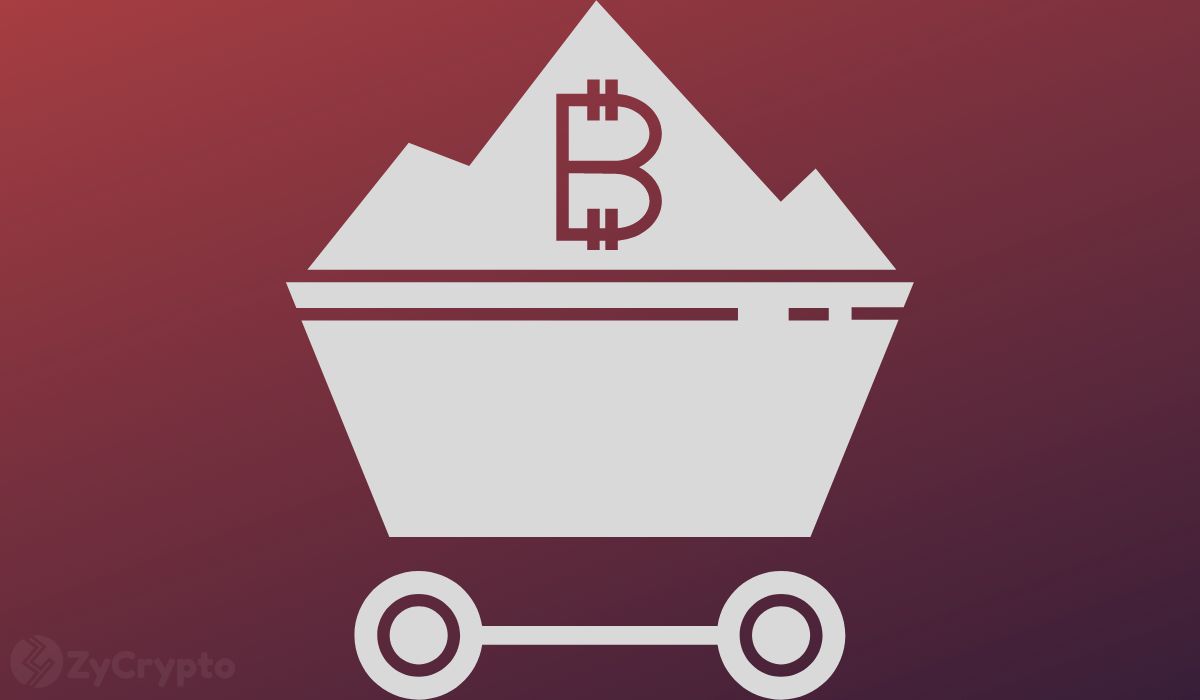
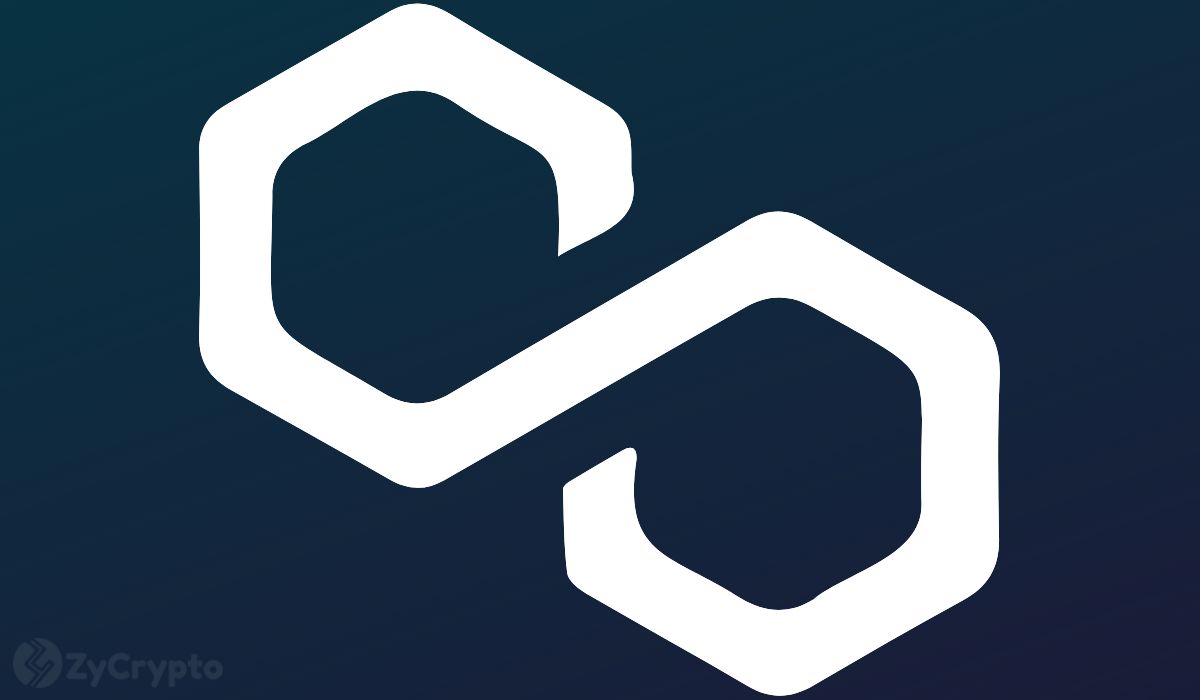








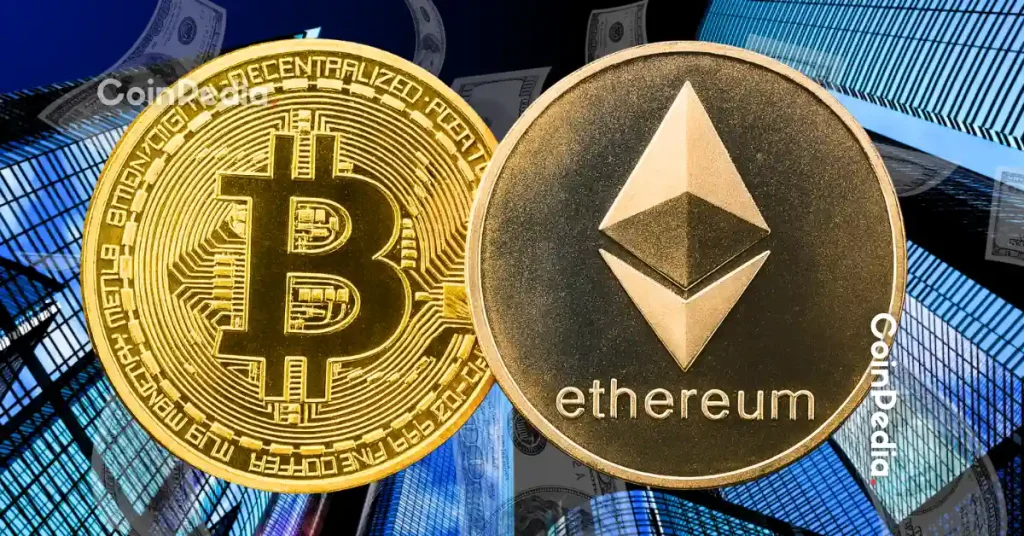


 24h Most Popular
24h Most Popular

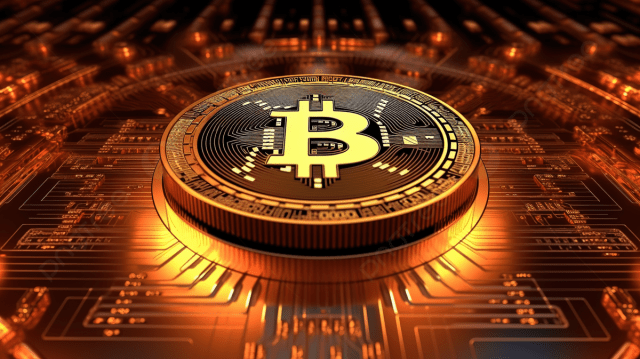
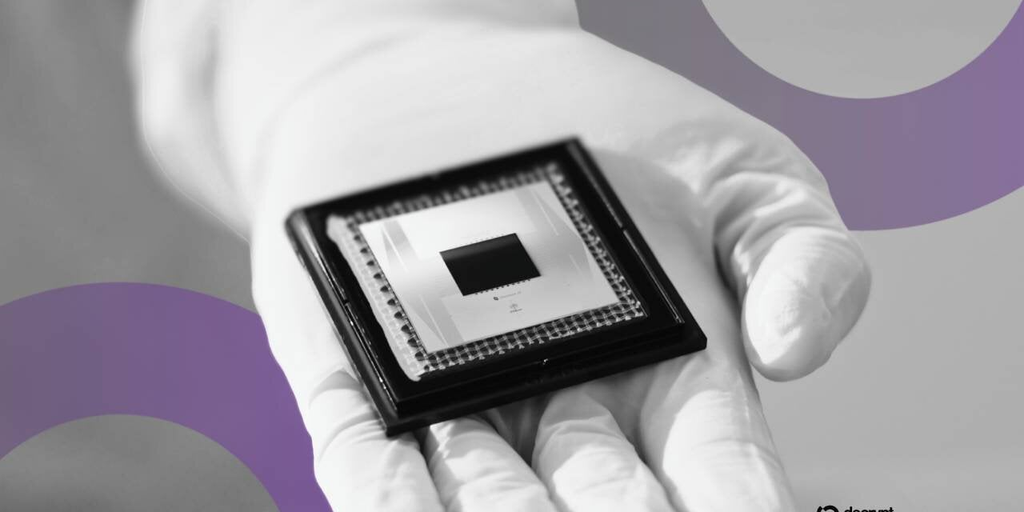


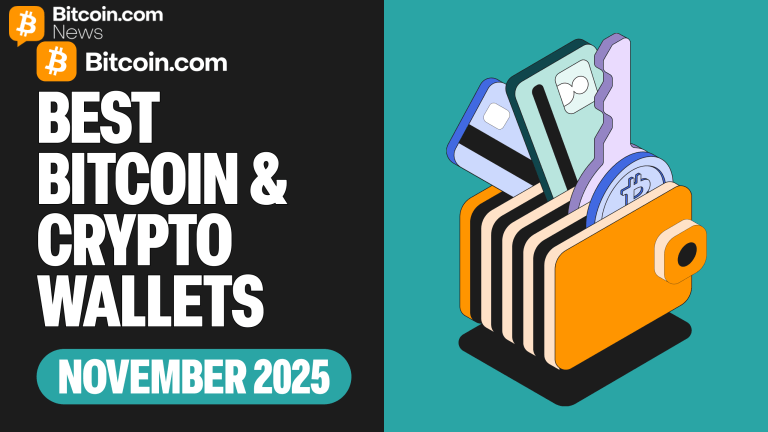

 Utilities
Utilities